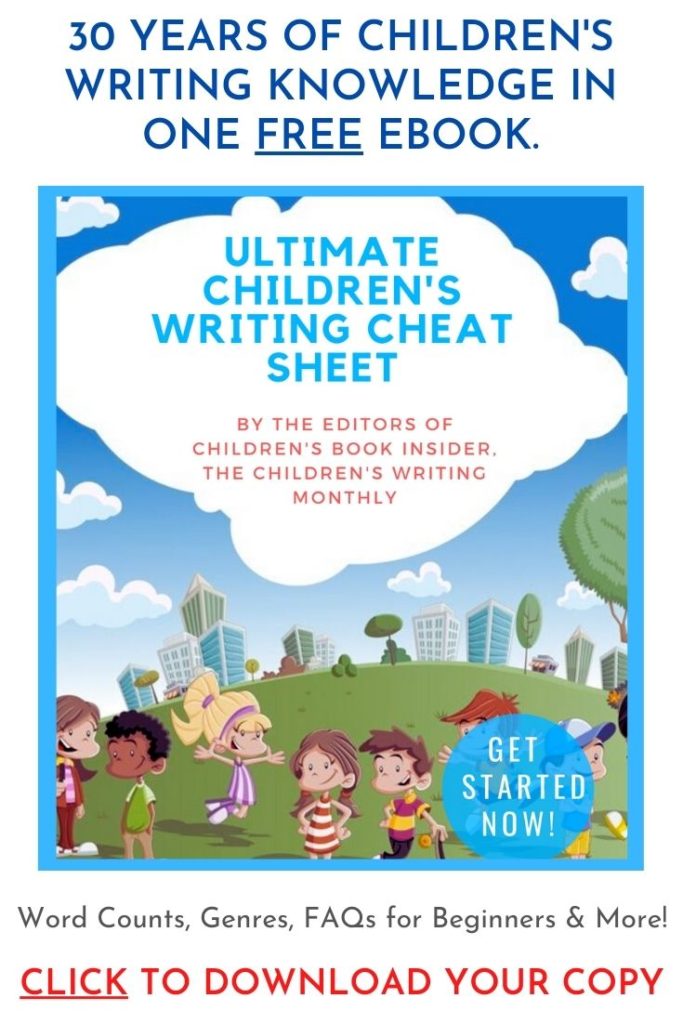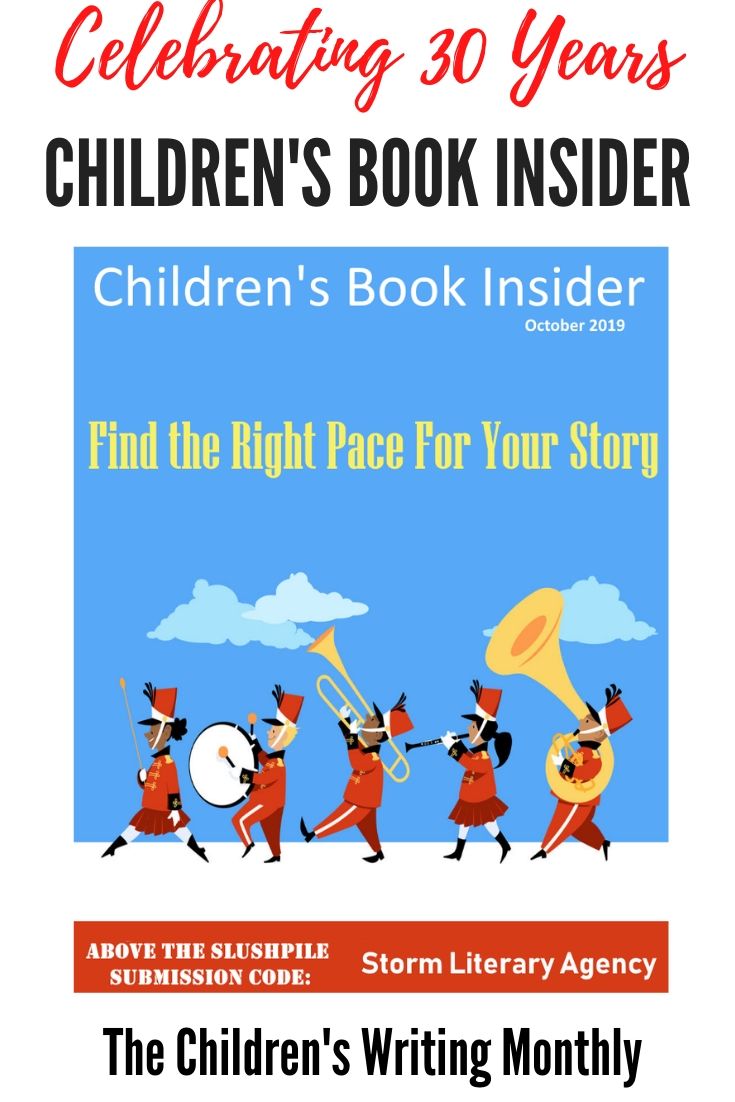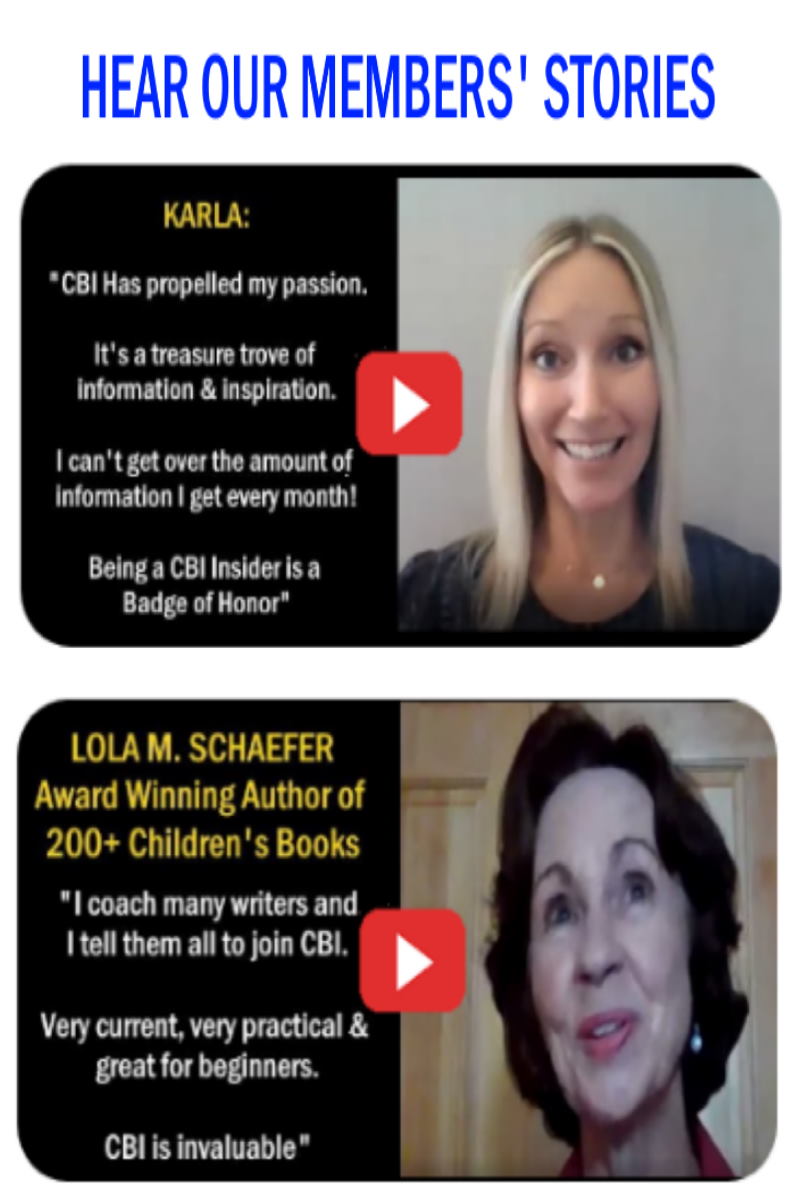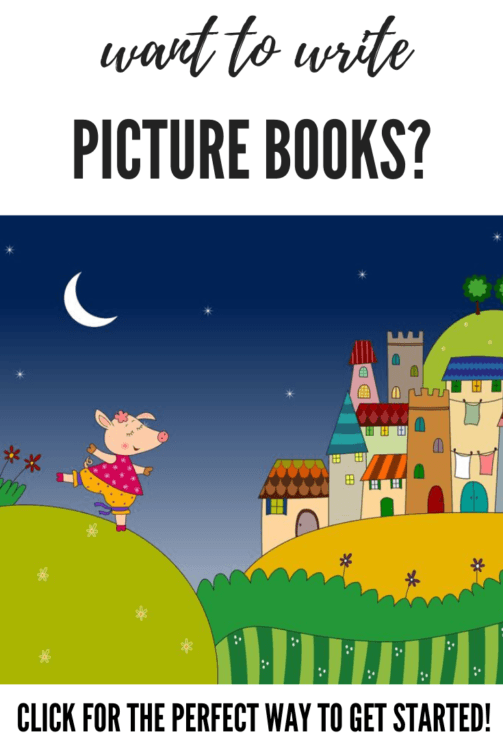
by Suzanna E. Henshon, Ph.D.
So, you dream of writing for children. But are you willing to invest the time and effort? Many people believe they can dash off a picture book in an afternoon, when in fact writing for children is a complex art in itself.
Begin by making a commitment to writing well. Here are a few tips.
Take the time to learn the craft. We were all children, but very few of us can instantly produce a book that will appeal to today’s readers. So it’s important to study the craft of writing for children in this generation, not the books that we read growing up. You wouldn’t practice medicine without a license, and writing for children deserves the same respect. Sit down and read 100 children’s books in your intended genre and age group; this will go a long way toward laying the groundwork for good writing, and also point you to the areas you need to improve.
Stop calling it kiddylit. When you refer to your book as a “little book” or your art as “kiddylit,” you are causing people to take your work less seriously. This hinders the entire field of children’s literature. Give yourself credibility when you talk about your job/vocation as a children’s book writer.
Don’t go overboard with adjectives and adverbs. Some writers love to write descriptive phrases. But adjectives can bury the plot and stall the pacing of your book. Instead, choose strong, specific nouns and verbs, and try to limit the adjectives and adverbs to about 2% of your total word count. Remember, “blistering day” is a more powerful image than “a bright, hot, sunny, day”. A character who scampers gives us more precise information than a character who walks quickly. Keep it short and to the point.
Don’t think everything has to rhyme. If you’re a natural poet, great. If not, write in prose. Or, choose a rhythmic, non-rhyming form for your text. No writer captures the feeling of rhyme, the tempo of poetry better than Maurice Sendak in Where the Wild Things Are. He draws the reader in through poetic language, and further enchants with his brilliant illustrations, all without structured rhyme. Find the form that best suits your talents as a writer.
Stop being condescending! Your job is isn’t to teach the reader a moral lesson. Your job is to tell a good story. Writing for children is just as complex and challenging as writing for adults, and none of us want to be preached to. If your character learns a life lesson during the plot, that’s great. But don’t approach the story as a vehicle to impart your adult wisdom to children.
Let the protagonist take control. Your story is about someone who is close to the age of your readers. Allow your protagonist to act consistently with his/her age, make mistakes, approach situations with the same worldview and perspective of your audience. That’s how your story will resonate with your readers.
Don’t be afraid of revision. One of the biggest mistakes that writers make is becoming too attached to their stories, to the point that they feel that every word is unchangeable. Be open to feedback and constructive criticism. If several readers tell you something isn’t working, consider changing it. Stories based on true events don’t always make compelling fiction — be willing to add conflict or rethink the characters. Ninety-five percent of writing is revising. Learn to love the process.
Think outside the box. Maybe you are trying too hard to catch a trend. Chances are that if you are looking too closely at what is already out there, you will write something that isn’t unique enough to sell. So don’t be afraid to be original, and give the reader the story only you can share with the world.
Be realistic. Most first manuscripts don’t sell. Think of each story you write as a learning experience. Strive to improve your craft with every effort, and build toward the book that eventually gets published.
Become part of the writing community. If you plan on taking your writing seriously, join a community of other writers. Attend writing conferences, join the Society of Children’s Book Writers & Illustrators, take classes, join a critique group. You’ll not only get education and support, you’ll make connections that may help you get your first book published. And you’re saying to the world, “I’m a writer!”
Write the very best book you can write. Your reader deserves your finest effort – not a one-shot story that you churned out in a single afternoon.
Want to learn more about writing for children? Check out these other writeforkids posts:
Start Here: Writing for Children, Step One
Writing Stories for Kids that Teach, Not Preach
Understanding Children’s Book Genres
The Difference Between Middle Grade and Young Adult
And download our free eBook, 11 Steps To Writing Your First Children’s Book
Dr. Suzanna E. Henshon teaches full-time at Florida Gulf Coast University and is the author of several young adult and middle grade books, and two collections of writing exercises. Her newest book, Andy Lightfoot and the Time Warp, is available for the Kindle on Amazon.
Tags: beginners, writing for children






Thanks for the article! Great advice. Amazon has been filled with new indie books that are nauseatingly preachy. I love learning books, but don’t like having morals shoved at me.. There are a lot of authors who could benefit from reading this article.
I’ve been active with children’s writers groups for several years. I have never heard anyone refer to it as KiddyLit. In most cases the confusion comes from whether or not to call it an easy reader, picture book or what the reading level should be.
I don’t remember the last time I read a children’s writer piece that was condescending or preachy – that seems to be reserved for my author friends who write for adults.
As for rhyming, it’s been drummed in our heads from conferences and writing seminars to stay away from rhyming. However, rhyming pieces are the ones I’ve had published, so I’m rethinking that no-no.
Maybe I only associate with people who take their craft seriously, because we know the need to rewrite. It’s only the new person who has come to a writer’s group for the first time who thinks their first piece is a masterpiece!
I agree with Christine and coincidentally have had better luck getting my rhyming books published than m prose. Whatever form you write, do it well.
The tips above were designed for beginners and I think they are helpful for those who have not studied the genre
Finally, I have only heard Kiddy Lit used on university campuses where it refers to a course taught to future elementary school teachers.